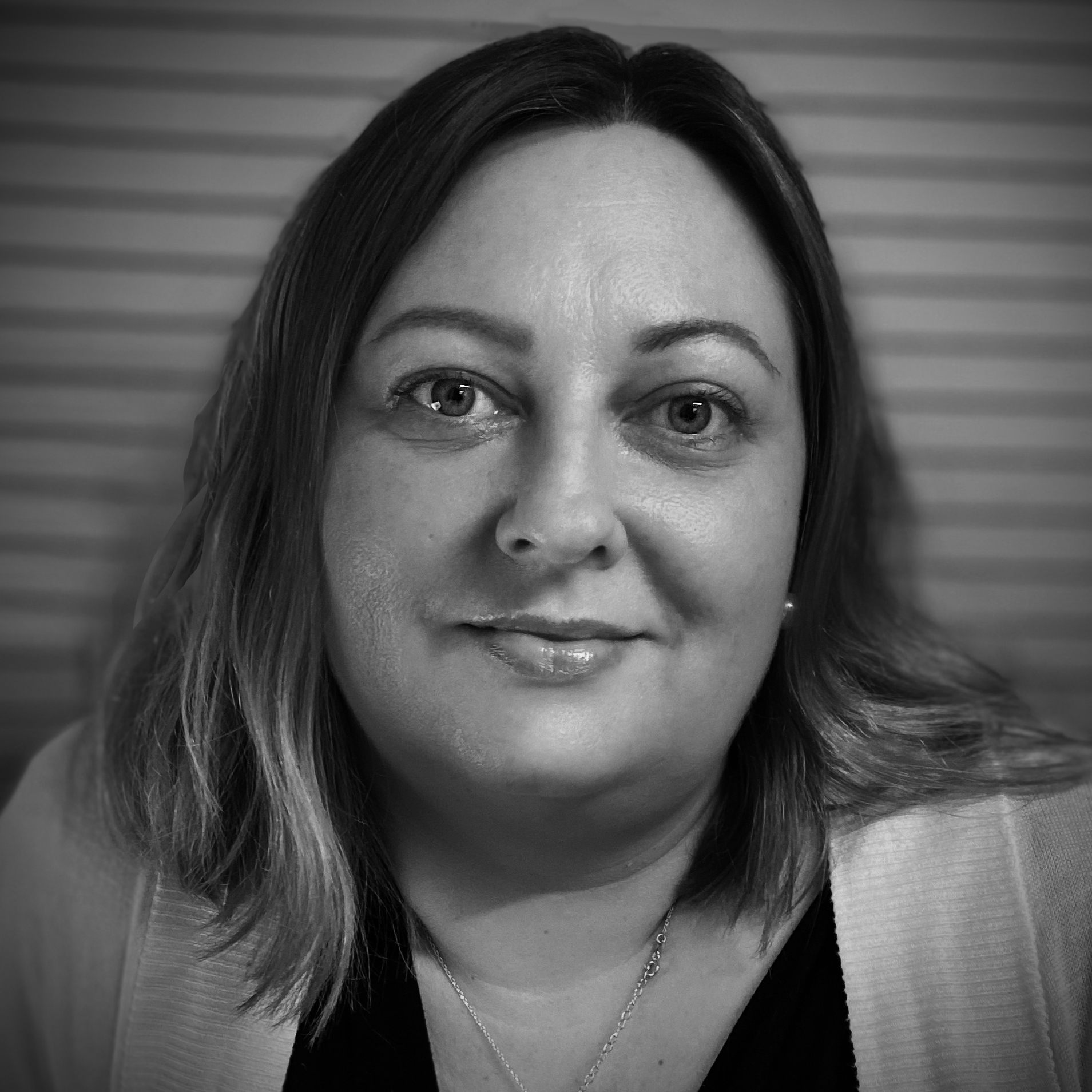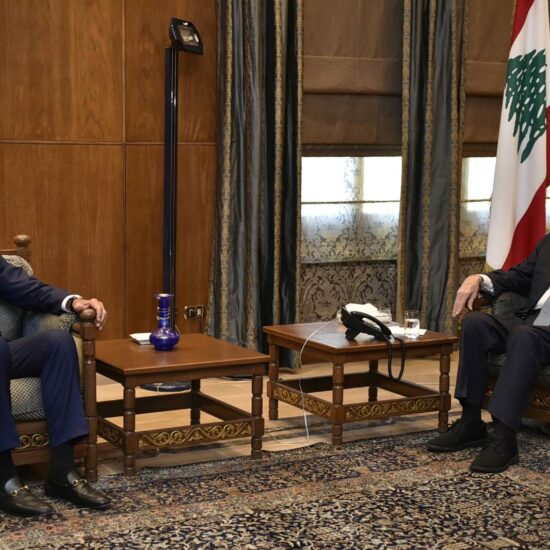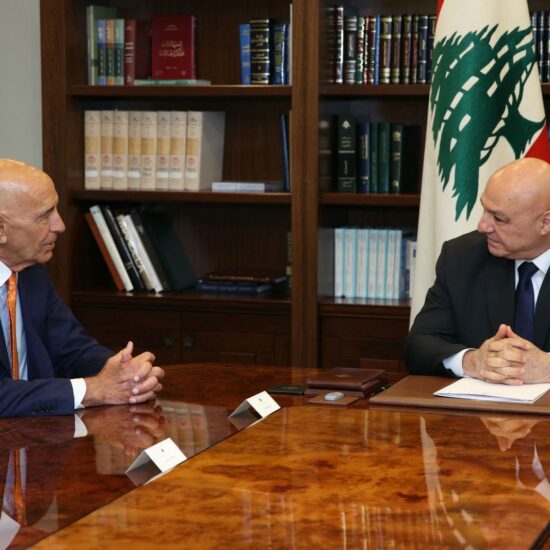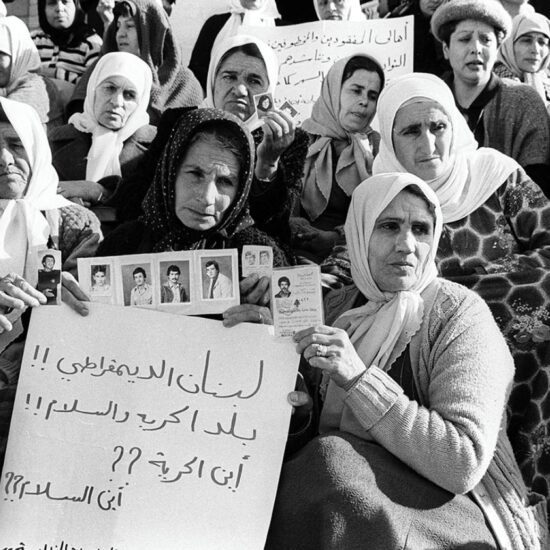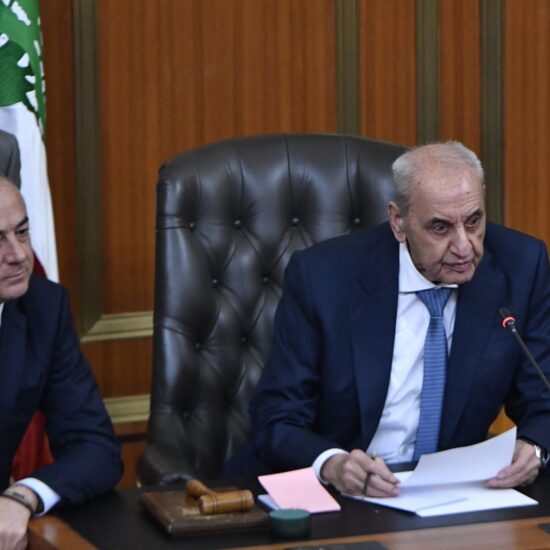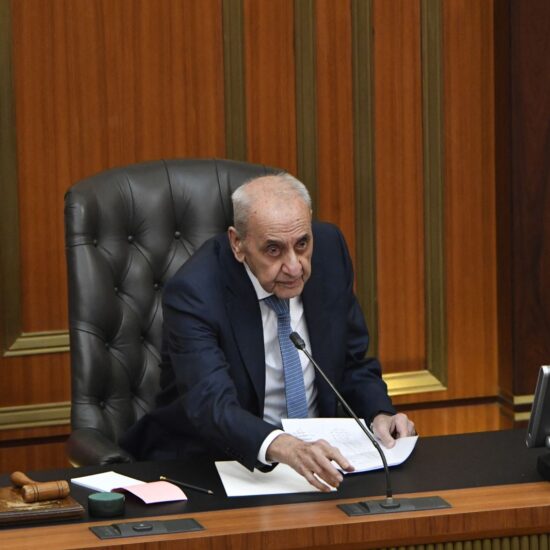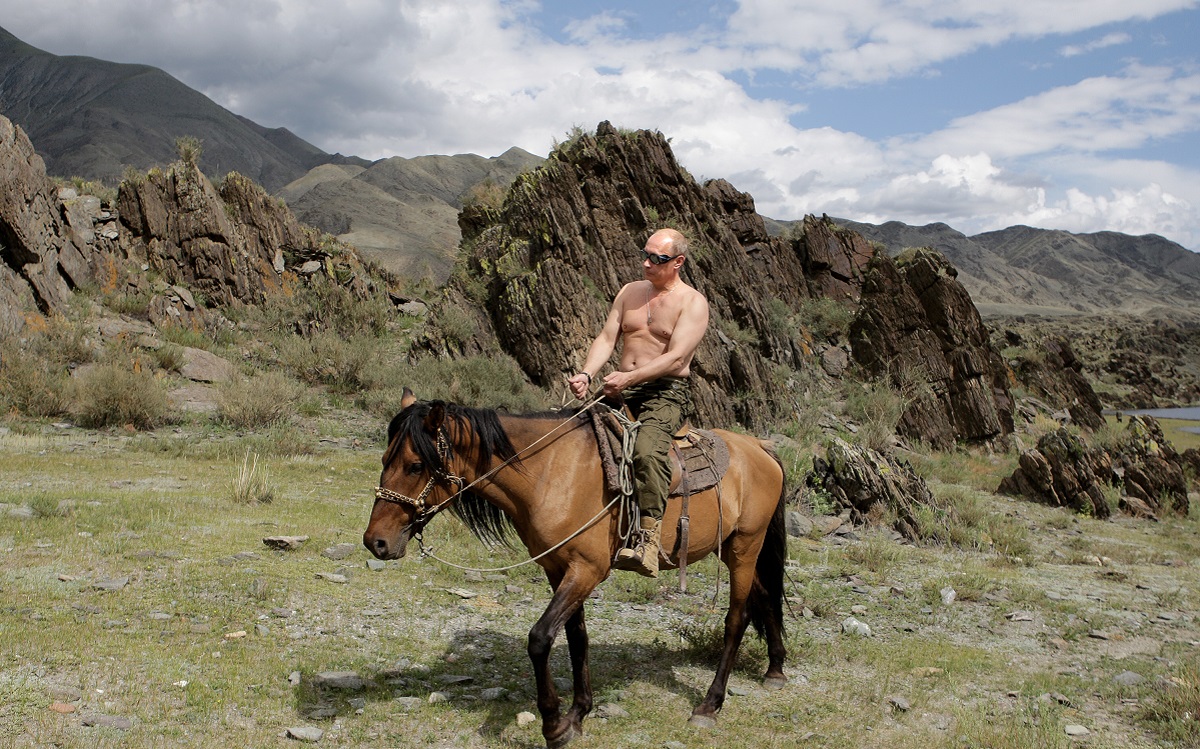
Russia invaded Ukraine last week.
And here we are talking about gas prices, wheat exports and refugees. About who opens the door to whom. About who is white and who is not. About our biases. We talk about the balance of power, of NATO and the military might of the Russian Federation.
Of a new global order.
We talk about sacrifice as a measure of patriotism, in a context without much consent and on the whims of a political leader who made the decision of war in our stead.
We still pay tribute to a political paradigm that pays little concern to human lives. We should be living in a world where security is about human beings, not armies.
We still play Vladimir Putin’s game, when our narrative, one of freedom and human rights, should be much stronger.
All ugly things we’ve been holding deep down come out in times of war. Nationalism, chauvinism, racism.
But let us give ourselves a break. None of us expected to wake up on February 24 to a new reality. One that affects us all, regardless of our corner of the world.
We assumed Vladimir Putin was rational and pragmatic. Ruthless, but someone Emmanuel Macron thought he could negotiate with. We all thought that the constant threat he posed to many of his country’s neighbors was for negotiation purposes.
We thought of him as a genius of negotiation, who managed to keep his country relevant at the international level despite a decaying army and economy, and despite despotic tendencies and murder.
We should have known better.
Many see him as the topless hero who rides his horse into the sunset at freezing temperatures.
Behind that veneer is a political culture based on toxic masculinity and a self-absorbed despot.
History teaches that despots rarely are enlightened and, most of the time, end up mad with power. They also burn their own cities to the ground when challenged.
And that is exactly what Putin has done on multiple occasions.
The Moscow apartment building bombings
In September 1999, a series of explosions rocked four apartment buildings in Moscow and two other Russian cities. Over 300 people were killed. Chechen jihadist rebels were accused of staging the attacks, but they denied involvement.
The bombings spread fear among Russian civilians. Putin was then prime minister ( with presidential ambitions). His crisis management skills dictated the invasion of Dagestan and triggered the Second Chechen War.
But these events also triggered a sudden rise in Putin’s popularity, allowing him to win the presidency within a few months.
Some historians and journalists found the sequence of events strange. FSB officers – including the late Alexander Litvinenko – hinted at coordination by the Russian state security services to bring Putin into power.
Conspiracies continued. Going back and forth with information, pieces of truth and denial created such confusion that people simply did not want to hear about it. That is how the Kremlin’s psychological tactics influence public opinion and dismiss criticism as “madness”.
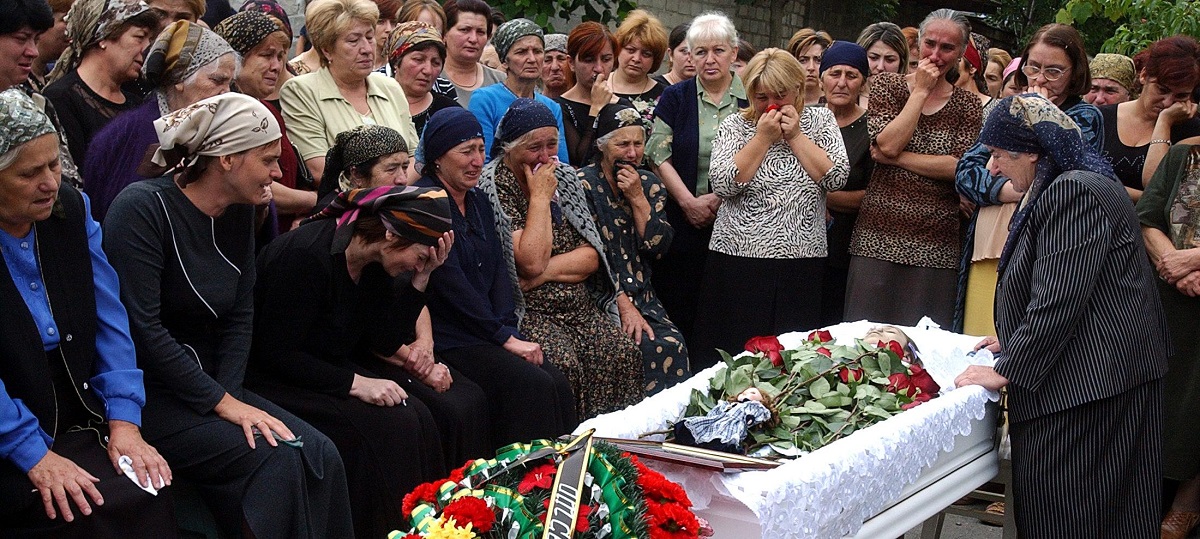
The Beslan school siege
The deadliest school shooting in human history.
On September 1, 2004, a group of Chechen gunmen broke into a school in Beslan, a town in North Ossetia, a republic in the Russian Federation on the border with Georgia.
They took over 1100 hostages, including nearly 800 children. The attackers requested Russian retreat from Chechnya and the recognition of independence.
On the third day of the standoff, the Russian security forces stormed the school.
Hundreds of hostages were shot. The day after the storming, bulldozers gathered the debris of the building – including victims’ body parts – and moved them to a garbage dump.
The first of many funerals took place on September 4. There was also a mass burial of 120 people.
Many of the injured died before they were sent to better-equipped hospitals in Vladikavkaz. Relatives were not allowed to visit hospitals and doctors were prevented from using their mobile phones. There was little access to information for journalists and censorship was enforced.
Putin briefly visited the hospital in Beslan on September 4. “We showed ourselves to be weak. And the weak get beaten,” he said in a TV speech.
He then proceeded to strengthen his powers as president. All based on the assumption that ‘the enemy is at the gate’ (be it Chechen jihadists or NATO) and there could never be a better political leader than Putin to defend the country.
The Moscow theater hostage crisis
On October 23, 2002 a group of armed Chechen jihadists entered the crowded Dubrovka Theater in Moscow. They took 850 hostages and demanded the withdrawal of Russian forces from Chechnya.
The Moscow Theater hostage crisis, also known as the 2002 Nord-Ost siege.
The crisis ended on October 26: FSB and special forces of the Ministry of Interior pumped a poisonous chemical agent into the theater.
All assailants were killed, together with at least 170 hostages. According to official numbers.
Controversies never ceased, with victims’ families saying there were hostages unaccounted for. Officially, all hostages died of heart attacks or other physical ailments. None were poisoned.
Putin defended the assault’s violence in a TV speech. He said that the government had “achieved the near impossible, saving hundreds… of people” and that the rescue “proved it is impossible to bring Russia to its knees”.
The cost did not matter.
The Russian government put in an incredible amount of effort to stop any real investigation into the incident and the way the security forces handled it.
The information released by the government on the identity of the terrorists was contradicted by an independent investigation conducted by Russian politicians Sergei Yushenkov and Sergei Kovaliov, journalist Anna Politkovskaya and former FSB officers Aleksander Litvinenko and Mikhail Trepashkin.
Litvineko and Politovskaya said they had proof that FSB agents had infiltrated the jihadists and pushed them to attack the theater.
Yushenkov was gunned down in April 2003. Politovskaya was murdered in 2005. Litvinenko was murdered by radioactive poisoning in 2006. It is considered extremely likely that Putin personally ordered his assassination, as heard by a 2015 British inquiry into his death.
On the front lines
Do not blame the Russians for Putin’s actions, for they have suffered too.
Ukraine won our hearts for many reasons, but there is one above all: for two decades it has been at the front line of the Kremlin’s disinformation war, and this strengthened its capacities to counter psychological warfare and malign influence.
For our security culture in Eastern Europe, after WWII, but especially after 1990, has developed based on sleeping with eyes open.
If Russia moved a ship in the Black Sea, NATO’s entire eastern flank would freeze in panic. Russia was a primary reason why countries from Bulgaria to Poland and the Baltic states joined NATO. To never have to be under the Kremlin’s hegemony again.
That is how deep the trauma of the Soviet Union’s dominance ran, the trauma of Stalinism that inspired and supported local tyrannical governments, of the police states backed by Moscow, of a world where human beings never mattered, where hunger, corruption and labor camps were the norm.
Never say to an Eastern European that the Soviet Union collapsed long ago. The statal framework might have imploded, but the people that are educated in the system and make the system work remain the same, the political culture continues. Nostalgia for the empire was never lost from the Kremlin. That is where Putin and his myth of the “half-naked mighty leader riding a horse into the sunset” was born.
In Eastern Europe, we have felt like the Guinea pigs for the Kremlin’s disinformation operations meant to exploit vulnerabilities and divide our societies, to make us doubt ourselves and our incipient democratic processes.
Putin’s language is one of violence. That is the political culture he grew up in and the one he developed further. There was no reason for the invasion of Ukraine. The comparison with the US invasion of Iraq in 2003 is farfetched. There is no Saddam Hussein in Ukraine and no one has gassed entire villages to crush dissent.
Disinformation campaigns are raging on social media as we speak, galvanizing some groups and individuals against Ukraine. All for petty reasons like the brands of cars the refugees drive to the border. Or based on reviving Second World War traumas. Meanwhile, the Western press, oblivious of the local debates, speaks about “Christians that look like us”. The dividing narratives are tailored to the proper audience, to distract from the real tragedy – what the people of Ukraine are going through.
Similar narratives have been spread for years by propaganda websites and blogs to paint the Syrian refugees as Islamists. In some countries, these narratives took hold, including Hungary and Poland. In others, like Romania, religion was not an issue. Similar to the brands of the Ukrainian refugees’ cars, the narrative of Syrian refugees fleeing war with ‘expensive smartphones’ was a story circulated by Kremlin-backed disinformation campaigns.
Ukraine has always been the most exposed to this malign influence. On the front line, bullied and challenged, struggling between Moscow-backed oligarchs and aspirations for freedom and a democratic state.
Again, Vladimir Putin is not a ‘mighty leader’. Nor is he a father figure, as some fans here in Lebanon describe him. Neither Eastern Europe, and Ukraine in particular, nor Syria should be his playgrounds.
Putin’s language is one of violence. That is the political culture he grew up in and the one he developed further. There was no reason for the invasion of Ukraine. The comparison with the US invasion of Iraq in 2003 is farfetched. There is no Saddam Hussein in Ukraine and no one has gassed entire villages to crush dissent.
But Putin has, and we have all seen it.
Ana Maria Luca is the managing editor or @NOW_leb. She tweets @AnaMariaLuca79.
The opinions expressed are those of the author only and do not necessarily reflect the views of NOW.


